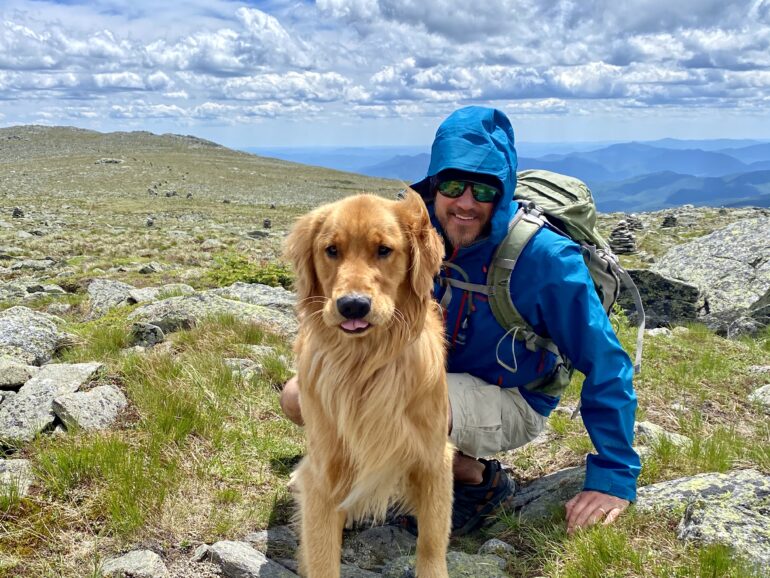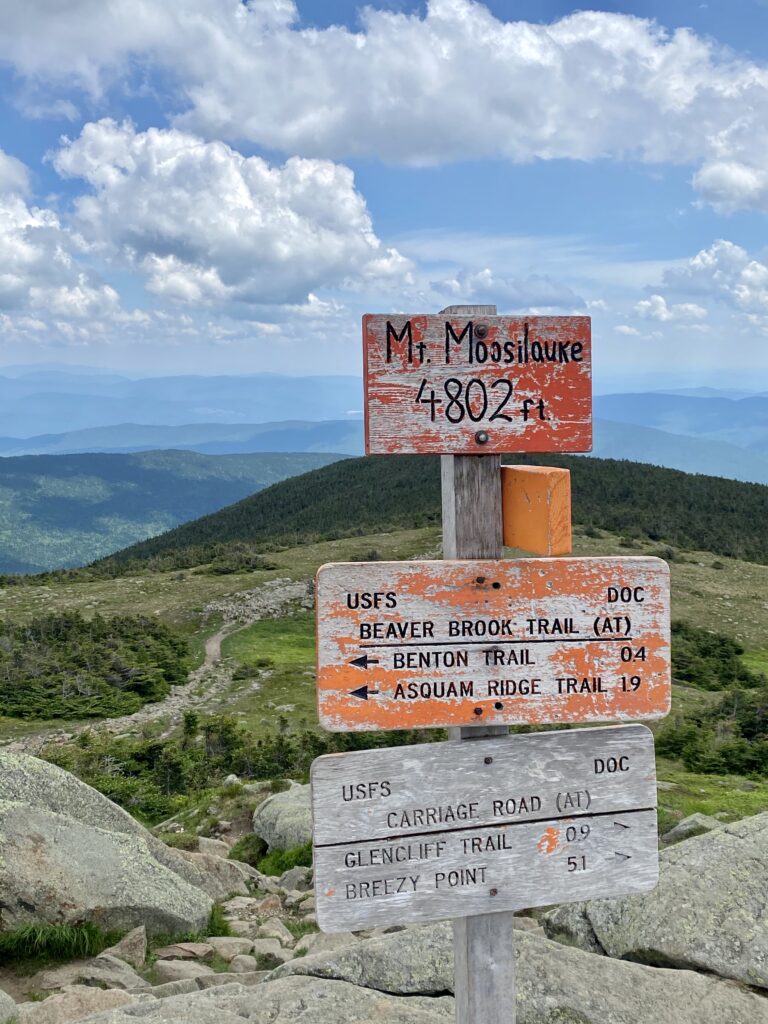Although it’s a little outside Alpinehikers’ normal range, Gloucester, Massachusetts has too much summertime appeal to pass up on your way to the best trails in the northeast. This small city, forty-five minutes north of Boston, boasts over 4,000 acres of conservation land dotted with trails that lead to hidden ocean views and pre-colonial building remnants. There are even a few easy to moderate walks here worth checking out. It makes a great gateway between Boston and New Hampshire.
The town is made up of an interesting mix of people; generations of fishing families that flocked from all over to chase the once-abundant “golden” cod, artists like Fitz Henry Lane and Winslow Homer who were attracted to Gloucester’s unique light, and Scandinavian stone-cutters who came to quarry the high-quality granite. While wandering down the west end of Main Street, you’re almost as likely to hear Sicilian or Portuguese spoken as you are to hear English.
Gloucester sits on Cape Ann–affectionately referred to by locals as the “other Cape” without all the traffic or sharks–a large peninsula that marks the northern border of Massachusetts Bay. In addition to the surprising amount of green space, adventures here are all about getting on the water and are worth a stop for a couple days. The protected areas in the historic harbor, or the Annisquam and Essex Rivers, make ideal places to paddle by SUP or sea kayak. The white-sand beaches are some of the most picturesque on the east coast; and there are plenty of opportunities to charter a boat for sailing, whale-watching, or fishing.
It’s true, the eastern seaboard of the United States isn’t known for having the tallest mountains. But as you travel north and inland a bit, you’ll find some worth exploring. They’re not exactly the dramatic jagged peaks of the Alps, but don’t let the lower elevation fool you. The White Mountains of New Hampshire are rugged. While the oldest continuous working seaport in the United States is found in Gloucester, here you’ll find the oldest continuously used mountain trail in America.

Starting from Crawford Notch, the aptly named Crawford Path was created in 1819 by Abel Crawford and his son Ethan. It wasn’t until 1840 that Abel made the first ascent of Mount Washington, the highest peak in the Northeastern United States. At 6,288 ft it’s the most topographically prominent mountain east of the Mississippi River. He was 75 years old and made the trek on horseback.
Since then, thousands have traveled this path and others in the area to explore the Presidential Range and Mount Washington. Notorious for erratic weather, it’s not uncommon to begin your hike with hot temps down in the valley and be met with strong winds and snow at the summit. This is due to the convergence of three weather patterns over the summit: Northern Pacific, Atlantic and Gulf. While we always encourage people to hike with extra layers and dependable rain gear, it’s also a good idea to have a winter hat and gloves with you while hiking in the Whites.
Yes, these mountains are smaller than the Alps, but they’ll still keep you on your toes. The trails tend to be a mix of rocks and roots that require something we like to refer to as full-body hiking: it’s helpful to have your hands free to grab a nearby tree to assist in a big step up or down. Due to the technical nature of the trails, the White Mountains have a way of humbling even the most accomplished hikers. Welcome the challenge, and while you might be bone-tired, you’ll also be sure to end each day with a well-earned feeling of accomplishment!






